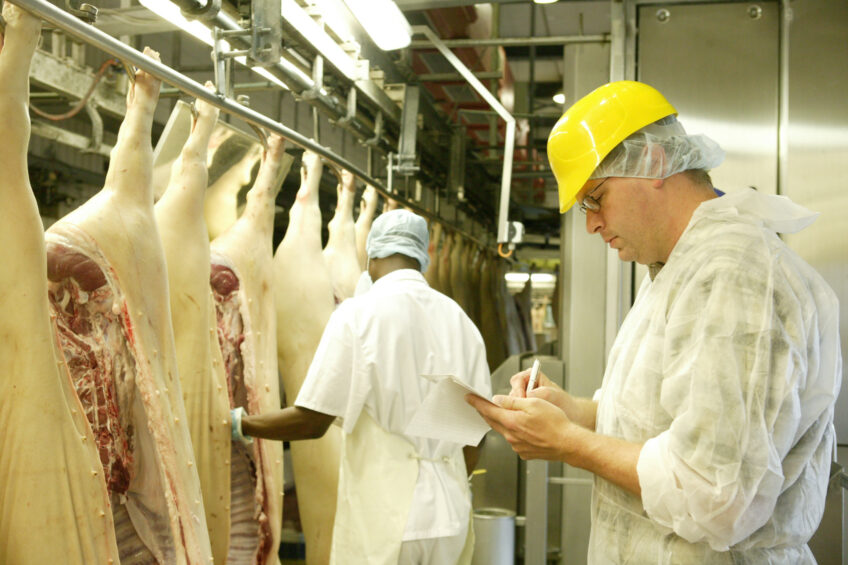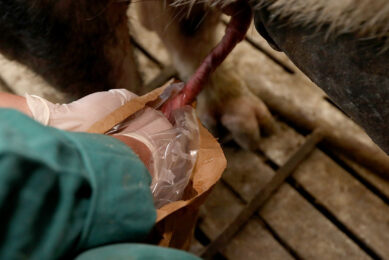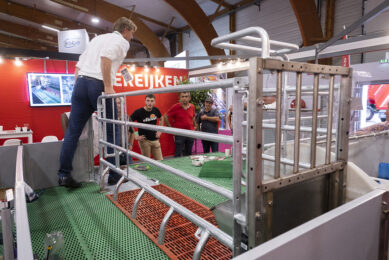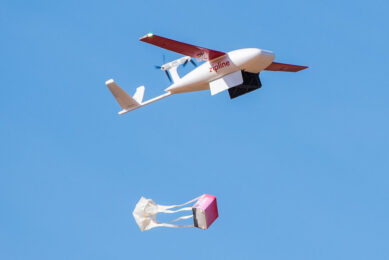Computers can very well do the scoring of pig lung images

The scoring of lungs of pigs at a slaughterline is an interesting field of research. That way it is easy to determine whether or not there had been any lung problems during the animal’s life. The scoring process can be credibly facilitated by the use of computer technology.
The development has been described in a recent publication in the peer-reviewed publication Veterinary Research. A team of researchers from institutes in the USA and Spain cooperated on the project, supported by a team of animal health company Hipra. The team tested a computer vision system called AI Diagnos and wanted to know whether the outcomes were comparable to the human eye.
Lung lesion associated with M. hyo infections
In order to establish that, the team focused on a lung lesion called “cranioventral pulmonary consolidation” (CVPC). The lesion is often associated with an infection of the bacterium Mycoplasma hyopneumoniae (M. hyo) infection. The team also assessed differences of interpretations between the various evaluators – and those were compared to variability that was found within the results by the computer vision system.
The team as well as the system analysed 1,050 dorsal view images of swine lungs. Total lung lesion score, lesion score per lung lobe, and percentage of affected lung area were employed as outcomes for the evaluation.
The computer system showed “moderate accuracy” (62-71%) in discriminating between non-lesioned and lesioned lung lobes in all but the diaphragmatic lobes. The team observed a “low multiclass classification accuracy” at the lung lobe level (24-36%).
A good alternative to the detection of lesions
As a conclusion of the study, the researchers wrote that the used computer vision system discriminated between pneumonic and non-pneumonic lung lobes with “moderate accuracy,” suggesting that the system could be a good alternative to the detection of CVPC during slaughter inspections, “especially considering its perfect consistency in the lung lesion scoring compared with the human evaluators.”
The prototype will be further refined to correctly predict the degree of pneumonia, the researchers wrote. “Altogether, the computer vision system evaluated in this study has the potential to automatically score M. hyo-associated lung lesions and facilitate processing of data to aid solving problems linked to conventional CVPC scoring at slaughter.”











